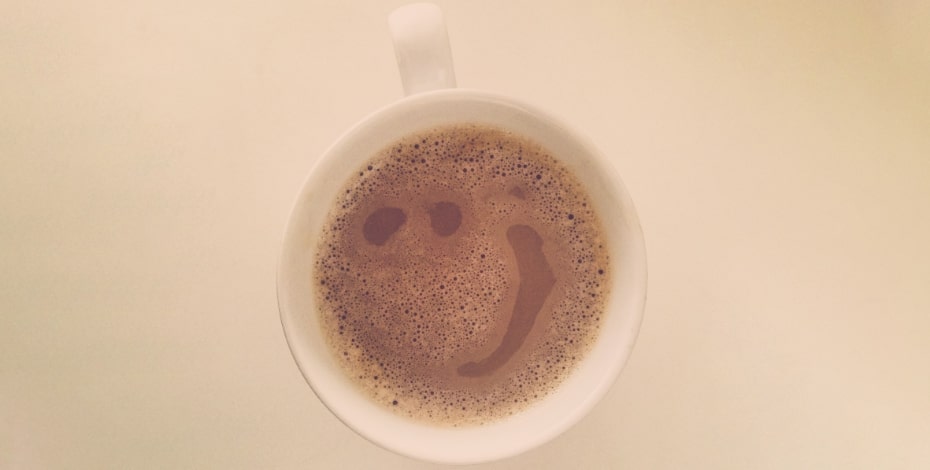
There’s plenty to stimulate your thinking

Editor Mark Elkins provides a summary of the latest issue of the Journal.
A wide range of clinical topics are covered in the July issue of Journal of Physiotherapy, including stratified care for knee osteoarthritis, trunk stabilising exercises after sternotomy, balance training to prevent ankle injury, meniscal tears in young adults, compression sleeves for breast cancer-related lymphoedema, bioelectrical impedance analysis, rheumatoid arthritis and the clinical education of physiotherapy students.
Some professorial contributions are highlighted in more detail here.
Management of interstitial lung disease
The first paper in the July issue is an Invited Topical Review about physiotherapy management of interstitial lung disease by Professor Anne Holland from Melbourne.
As in all of the Journal’s Invited Topical Reviews, the prevalence, aetiology, clinical features and sequelae of the condition of interest are reviewed initially, with the remaining majority of the content focused on physiotherapy interventions.
The review presents robust evidence that pulmonary rehabilitation delivers important benefits for people with interstitial lung disease.
In addition, the review summarises the evidence about musculoskeletal care, supplemental oxygen, education, self-management and symptom management.
Physiotherapy interventions in specific settings—including inpatient management, palliative care and transplantation—are also discussed.
The review concludes with insightful suggestions for further research in interstitial lung disease.
Home-based versus centre-based exercises after stroke
Associate Professor Lucas Nascimento and his colleagues from Brazil provide a systematic review examining whether home-based exercises are as effective as equivalent doses of centre-based exercises for improving walking speed and balance after stroke.
The review was able to pool data on over 600 patients from nine randomised trials.

Clinical Associate Professor Mark Elkins, scientific editor of Journal of Physiotherapy, explores the latest issue.
Home-based and centre-based exercises were confirmed to have very similar effects on walking speed and balance.
The effects of home-based and centre-based exercises were also estimated to be similar for mobility and participation, although with less precision.
Long-term outcomes were also examined by the review.
Cost-effectiveness of pelvic floor muscle training for urinary incontinence
Professor Chantale Dumoulin and her colleagues from Canada and the UK report a cost-effectiveness analysis of a multicentre randomised trial with a one-year follow-up.
The trial enrolled 362 women with stress urinary incontinence or mixed stress/urge urinary incontinence.
All women in the trial received 12 weeks of pelvic floor muscle training, but were randomised to receive the training as individual appointments or in groups (with one physiotherapist per eight women).
Urinary incontinence-related costs per woman were estimated from a participant and provider perspective over one year in Canadian dollars.
Effectiveness was based on reduction in leakage episodes and quality-adjusted life years.
Both group-based and individual training were effective in reducing leakage and promoting gains in quality of life; however, group-based training was more than 60 per cent less costly than individual treatment.
This cost saving was evident regardless of whether the costs were analysed from the perspective of the participant or the healthcare provider.
The group-based format was also well accepted by patients and therapists.
With this economic analysis, group-based pelvic floor muscle training can be regarded as a highly efficacious treatment that is more cost-effective than the traditional individual format.
Paper a hit with readers, the media and online
The Journal of Physiotherapy announces its Readers’ Choice Award, which recognises the paper published in the Journal in 2021 that was downloaded the greatest number of times in the six months after its day of publication.
The winning paper is:
‘Some types of exercise are more effective than others in people with chronic low back pain: a network meta-analysis’ by Jill Hayden, Jenna Ellis, Rachel Ogilvie, Samuel Stewart, Matthew Bagg, Sanja Stanojevic, Tiê Yamato and Bruno Saragiotto.
The winning paper summarises the results of over 200 randomised trials with data on more than 20,000 participants.
Most exercise types were confirmed to be more effective than minimal treatment.
Furthermore, Pilates, McKenzie therapy and functional restoration were estimated to be more effective than other types of exercise for reducing pain intensity and functional limitations in people with chronic low back pain.
In addition to garnering the most downloads, the winning paper also generated the highest activity in the media and on social media.
The study was featured in blogs such as Know What Works and in articles in publications as diverse as The Guardian, Clinical Advisor and Taipei Times.
It generated original tweets from over 200 Twitter accounts in more than 50 countries.
It is in the top one per cent of research outputs tracked by Altmetric for research attention.
Congratulations to the winning authors.
Click here to read this article, published in the October 2021 issue of Journal of Physiotherapy, and here to read a Q&A with the lead author, Associate Professor Jill Hayden.
>> Clinical Associate Professor Mark Elkins APAM is the scientific editor of Journal of Physiotherapy. Follow him on Twitter @JOP_Editor and follow Journal of Physiotherapy @JPhysiother. Head to journal.physio to read the research.
© Copyright 2024 by Australian Physiotherapy Association. All rights reserved.





